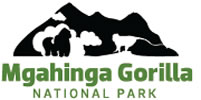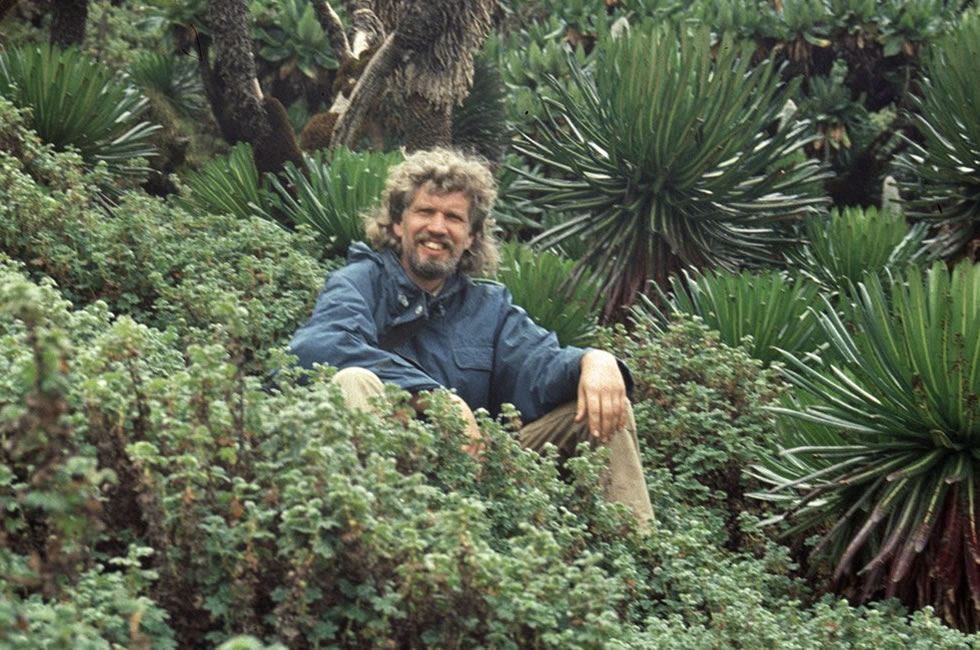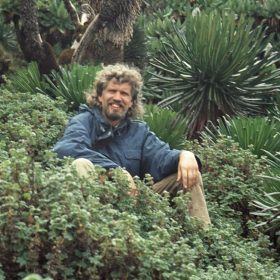It is impressive to note what Klaus-Jürgen Sucker achieved during the 5 years that he worked in the Mgahinga Gorilla National Park, a habitat of the mountain gorillas on the northern side of the Virunga Volcanoes. From 1989 until the sudden end of his work in 1994, the protected area was enlarged and turned into a national park, the boundaries were clearly marked and protected and he ensured that the local people would benefit from tourism in the area.
Three years after the murder of Klaus-Jürgen Sucker, it is still amazingly evident that his strategy for protecting the area was well-planned and optimally suited for the conditions in the area. The forested area, which once was strewn with snares for wild animals and threatened by deforestation to make way for potato farming, is now a promising habitat for rare plant and animal species of the afromontane and afro-alpine region – despite the civil war in this area.
Richard Bukowa (Warden for Law Enforcement and Tourism) reported a failed attempt by tourists to bribe the rangers. These tourists wanted to arrange an illegal tour to the mountain gorillas, but instead were escorted out of the park, and their money was not accepted. (In July 1997 the number of visitors to the habituated gorillas in Uganda was exceptionally high, since gorilla tourism in Rwanda and the Democratic Republic of the Congo was temporarily halted at that time.)
On the other hand, the flourishing business with gorilla tourism has produced massive changes in the daily duties and priorities of the rangers. At the moment, they are primarily concerned with managing the problems which have ensued due to the high number of visitors to the park. The consequences of this may be that the control of the boundaries of the national park, anti-poaching patrols and measures against wood-cutting in the area are neglected. We frequently found damage in the border wall along the park and traced small used paths which led into the park.


